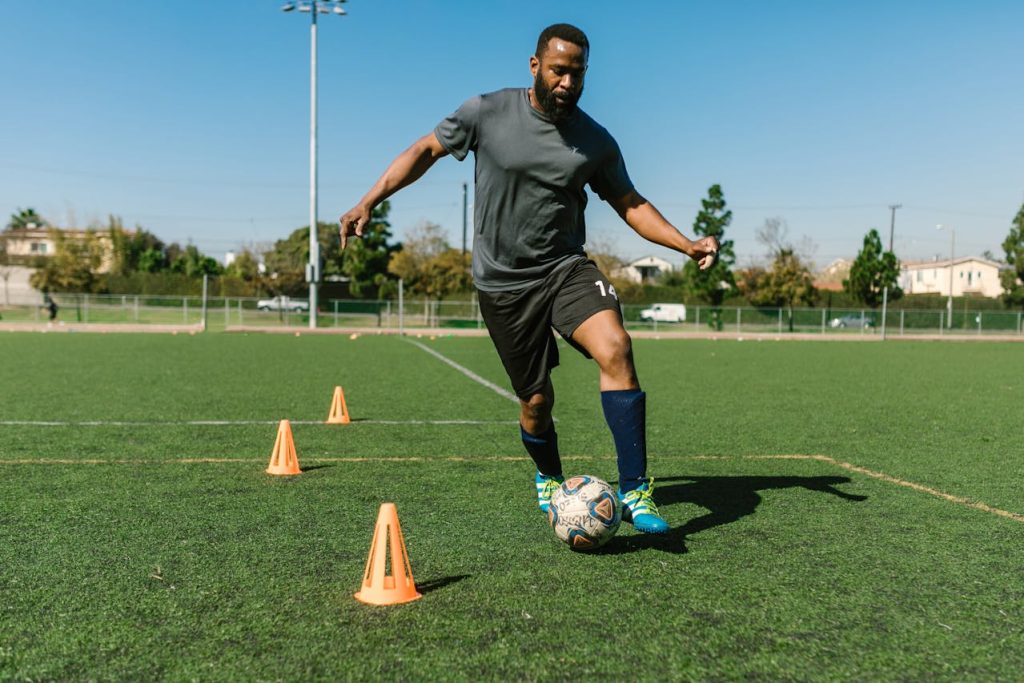
For many high school athletes, the dream of playing at the collegiate level is a driving force throughout their athletic career. However, the recruiting process can be unpredictable, and not everyone secures a scholarship or spot on a team as early as they hope. As a senior, I was a late signee- meaning I didn’t sign my NLI until a month before I graduated from high school. From first-hand experience, I want all recruits to know: this is not your time to quit! If you’re still waiting for an offer as your senior year progresses, it’s essential to consider a backup plan to ensure you can continue your education and possibly still compete at the next level. Here are a few guidelines to help you determine when and how to explore alternative options.
College Recruiting: Here’s When to Consider a Plan B
Start early: keep your options open. Even if you’re confident in your abilities and have interest from coaches, it’s smart to explore all possibilities. By your junior year, begin researching colleges that fit your academic and personal goals, not just your athletic aspirations. Apply to a mix of schools, including safety schools where you can see yourself thriving as a student, even if athletics isn’t in the equation.
Be realistic: assess your recruitment status. If you haven’t received strong interest from college coaches by the beginning of your senior year, it’s time to have an honest conversation with yourself and your support system. Ask yourself: have I been proactive in reaching out to coaches? Am I targeting the right level of competition (Division I, II, III, NAIA, or junior college)? If offers aren’t coming in as expected, it’s crucial to start looking at alternative pathways to college.
Apply anyway: secure your education first. Regardless of your recruitment status, apply to colleges as a regular student. Many athletes make the mistake of only applying to schools where they hope to play, leaving them with limited options if they don’t get an offer. Submitting applications to a range of schools ensures that you won’t be scrambling if an athletic opportunity doesn’t materialize.
Walk-on opportunities: earn your spot. Even if you aren’t offered an athletic scholarship, many colleges have walk-on opportunities where you can try out for the team once you enroll. Reach out to the coach beforehand to express your interest and ask about the process. Some walk-ons eventually earn scholarships and significant playing time through hard work and persistence.
Stay involved: join club or intramural sports. If varsity athletics doesn’t work out, many colleges offer competitive club sports or intramural leagues that allow you to continue playing. Club teams often compete against other schools and can provide a great balance between academics and athletics without the full commitment of an NCAA program.
Network: use your connections. If your recruitment process isn’t going as planned, talk to your high school or club coach about other opportunities. They might know college programs still looking for players or have contacts in different divisions. Networking with former teammates who play at the college level can also open doors you might not have considered.
Stay ready: keep training and improving. If you don’t land a spot immediately, don’t give up. Keep training, stay in shape, and be prepared for opportunities that may arise. Some athletes find a spot on a team after their freshman year due to roster changes, injuries, or other openings.
The college recruiting process is different for everyone, and sometimes the path to playing at the next level isn’t straightforward. Waiting for an offer can be stressful, especially if you’re being recruited in a competitive class. By keeping your options open, applying to schools as a regular student, and staying involved in the game, you can set yourself up for success—whether that includes an offer playing college sports or pursuing other opportunities. A ‘Plan B’ isn’t a sign of failure; it’s a smart strategy to ensure you continue your education and stay on track toward your goals.